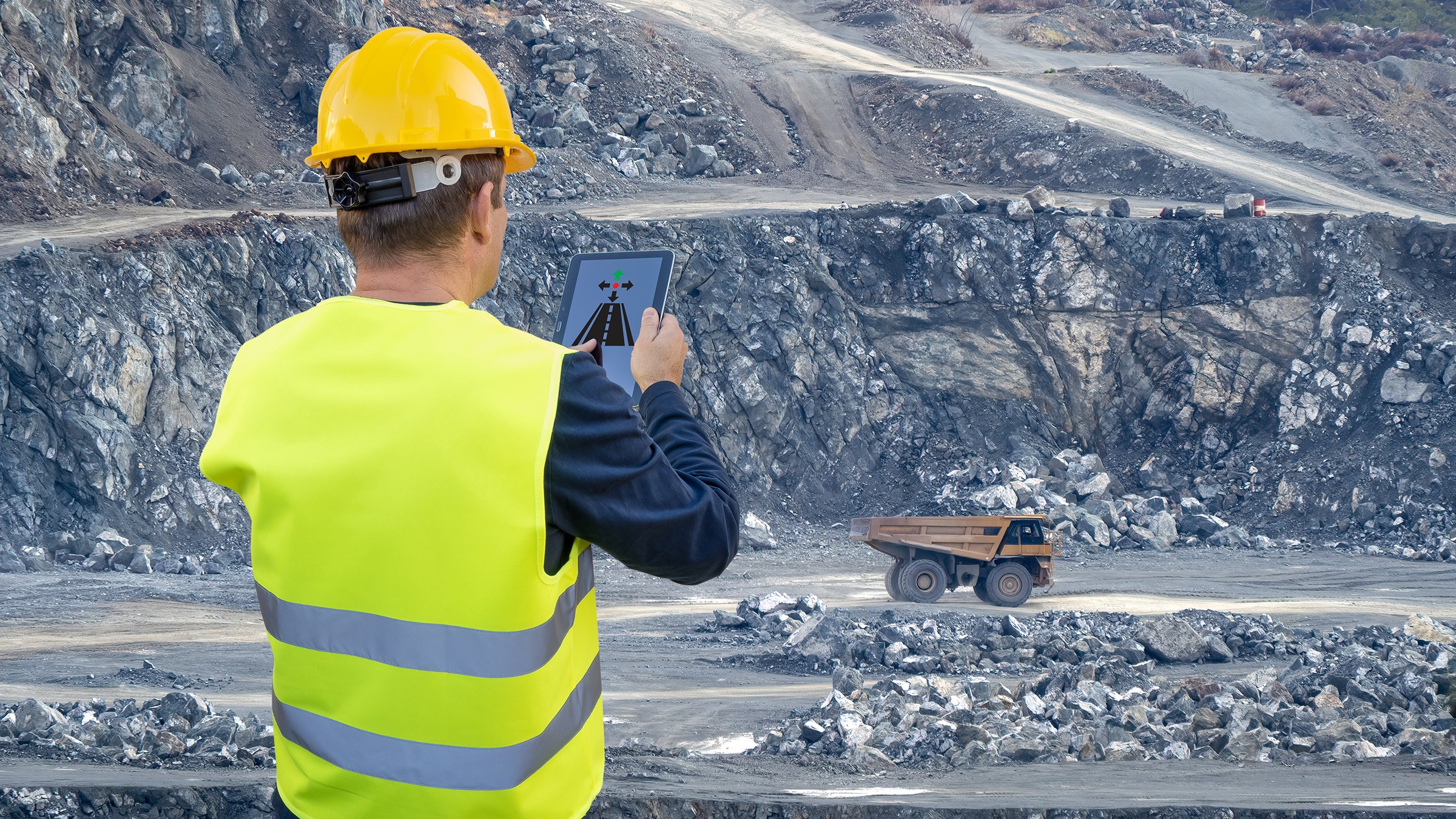In a time of rapid technological changes, artificial intelligence (AI) has emerged as one of the tools that has the potential to reshape many industries, including mining. An investment in Artificial Intelligence can lead to increased levels of efficiency, safety and environmental stewardship. In this blog, we delve into the potential for transformative impact of AI on mining. We’ll conclude with a specific application in predictive maintenance for mining created by Rockwell Automation.
Historical context and current trends
The mining industry has historically been slow to adopt new technologies. Only recently – in the past four or five years – have they started to increase investments again to boost production and modernize operations. Among those investments, we’re seeing increases in automation.
Companies that are at the forefront of integrating new technologies will reap the benefits and have a competitive advantage. Those slow to adopt, risk falling behind. To ensure that money spent on new technologies has the desired impact, it is understandable that many companies are cautious. Just deciding which segment of the industry, production process, or company receives the first upgrades can be difficult.
Areas AI can be applied
Artificial Intelligence (traditional not generative) is designed to perform specific tasks based on predefined rules and patterns. That makes it ideal to run in the background of automated systems and gather data on the performance of the tools and systems. That data can be uploaded to easy-to-read dashboards that give near real-time insight into a piece of equipment or a process’s operations.
AI can also be used in the exploration process. By setting parameters that indicate the presence of ore or other material you intend to mine, the AI can sift through vast amounts of geological data that is returned by sensors. What might once have been a slow and tedious process can now be accomplished quickly with a few keystrokes on a computer.
Safety is another area where AI can stand out. Tracking data from emission and fire detection sensors ensures that alarms go off as soon as a leak or fire is detected.
Another valuable area where AI can provide insight is in predictive maintenance. An AI-powered system can evaluate the operation of any digital-enabled equipment and make note of deviations in preset operating parameters. The data collected can be used to optimize equipment performance, help establish preventative maintenance schedules and reduce the cost of unexpected equipment failures and downtime.
Predictive maintenance tools
Rockwell Automation has a long history of innovation and creating the tools that our customers need. Recently we developed Asset Intelligence for mining, which is a predictive maintenance tool that uses AI to gather, collate and present data on digital-enabled machinery. It gives near real-time insight in the function of equipment used in mining operations, from extraction to conveyers to loading and transportation, through to processing.
With the collected data displayed on an interactive dashboard, it becomes possible to see where potential problems might develop and mitigate them before they can slow or stop production. Maintenance will no longer be ad-hoc when something breaks but can be scheduled in advance based on direct insight into the functioning of the machinery.
Being able to schedule maintenance on production-critical equipment means that personnel are used more strategically and workers are safer because the risk of unexpected breakdowns is reduced. The cost of repair downtime is also considerably less.
Looking to the future
With the brief overview on Artificial Intelligence in mining, we hope we have given you some insights on how to apply this tool to your operations. AI-enabled digital devices are not new and will only become more robust and useful going forward.
As the mining sector continues to invest in new equipment and tools to meet the changing demands of the market for more and different materials, AI is a part of that investment. Taking on critical tasks and making it easier for the next generation of workers who are already comfortable with digital tools to join the operations.


